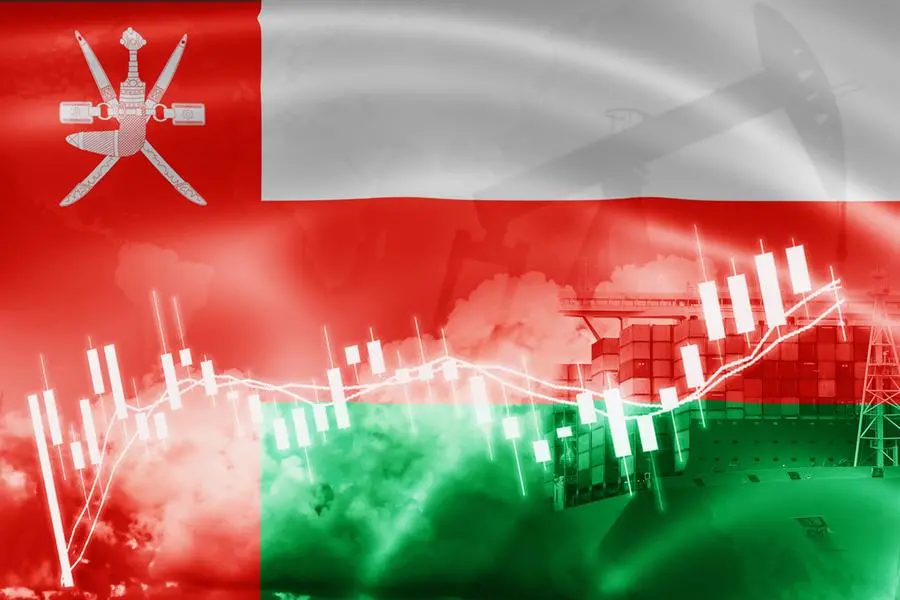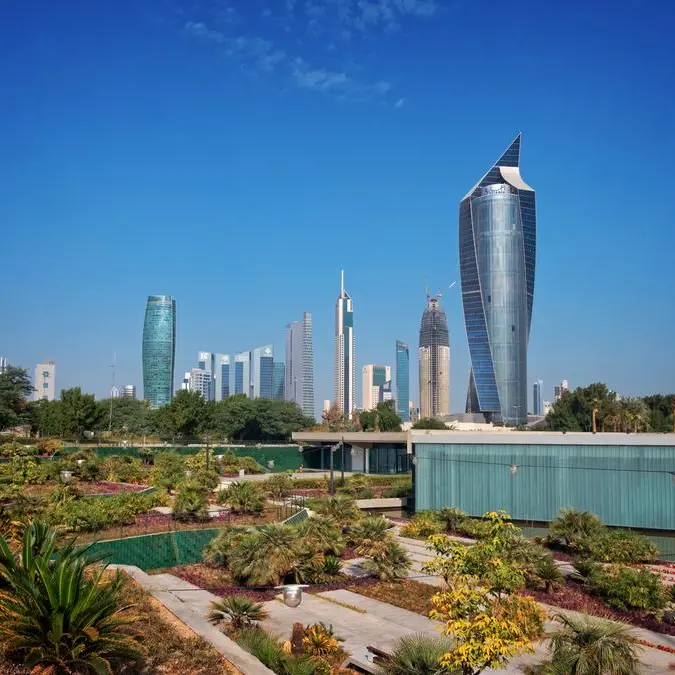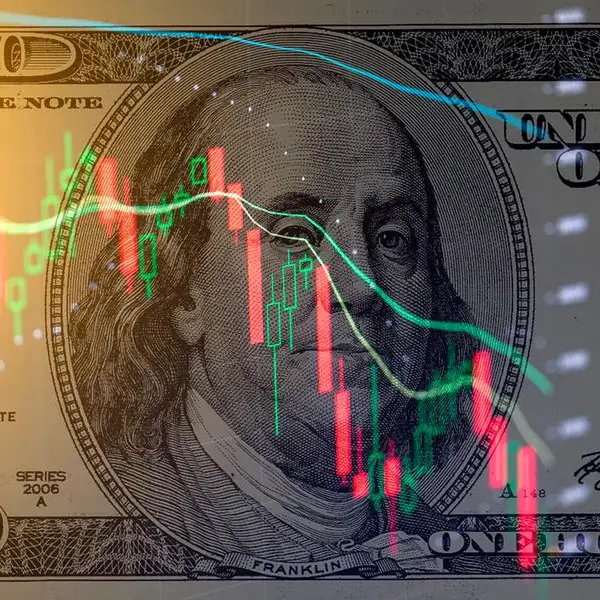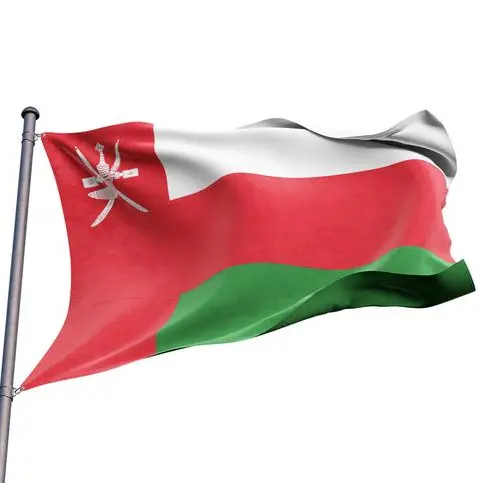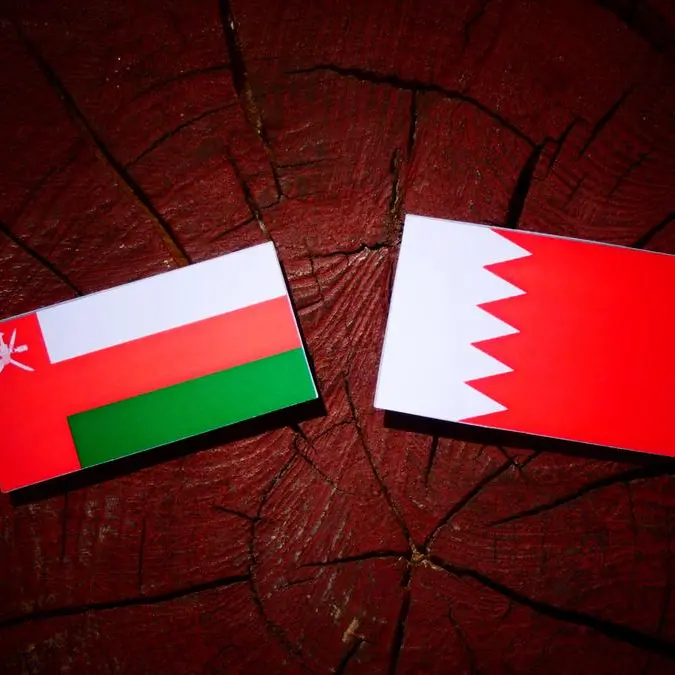PHOTO
Standard & Poor’s (S&P) recently revised the outlook for the Sultanate of Oman to positive from stable and affirmed its credit rating at BB+.
The positive outlook indicates that S&P believes there is a chance of an upgrade in Oman’s credit rating in future, signalling improved confidence in the country’s financial stability.
This decision reflects an optimistic view on Oman’s economic prospects and fiscal management. This year, the Ministry of Finance expects Oman’s economy to achieve a growth of at least 3 per cent while continuing to maintain annual inflation at moderate levels.
“The 2024 budget is meticulously crafted to achieve a comprehensive array of economic and social objectives, including economic growth of at least 3 per cent at constant prices during 2024 and maintaining inflation rates at moderate levels, around 3 per cent,” the Ministry of Finance had earlier stated in the 2024 budget statement.
S&P’s decision to revise Oman’s outlook to positive may be attributed to the government’s commitment to implementing economic reforms aimed at diversifying the economy, reducing dependence on oil revenues, and enhancing fiscal sustainability.
These reforms are crucial for long-term economic stability and growth.
In recent past, Oman’s economic landscape has displayed remarkable resilience, resurgence, and enhanced fiscal performance despite global economic and geopolitical uncertainties.
The synergy of government’s economic diversification initiatives, favourable oil prices, and prudent fiscal policies has propelled the economy over the past three years.
Oman’s efforts to strengthen its fiscal position through measures such as subsidy reforms, revenue enhancement initiatives, and expenditure rationalisation have likely played a significant role in S&P’s decision.
Improving fiscal metrics are essential for maintaining investor confidence and securing favourable credit ratings.
After recording a 4.3 per cent GDP growth in 2022, Oman’s economy grew by 2.1 per cent in the first half of 2023, predominantly driven by non-oil sectors such as transport, storage, agriculture, and fisheries activities.
The growth highlights Oman’s successful efforts under the 10th Five-Year Plan for economic diversification.
The integration of policies and accelerated programmes to achieve Oman Vision 2040 and the 10th Five-Year Plan has been beneficial in propelling economic growth.
Non-oil sectors played a pivotal role, contributing approximately 69.4 per cent to GDP in the first half of 2023.
The government’s proactive measures, including stabilising fuel prices and expanding VAT exemptions, underscore its commitment to mitigating inflation effects.
Oman’s ability to navigate external challenges effectively and maintain resilience in the face of uncertainties contributes to a positive outlook from rating agencies like S&P.
His Majesty Sultan Haitham bin Tarik has valued the positive outcomes that strongly contributed to consolidating GDP growth, upgrading the country’s financial and economic indicators, and generating a financial surplus for economic and social priorities.
According to the Central Bank of Oman (CBO), windfall oil revenues from higher-than-budgeted oil prices and prudent fiscal management under Oman’s Medium-Term Fiscal Plan have eased debt pressure on the government and provided economic buffers.
Effective debt management practices, including prudent borrowing strategies and debt repayment capabilities, are critical considerations for credit rating agencies.
S&P’s affirmation of Oman’s BB+ rating suggests confidence in the country’s ability to manage its debt obligations responsibly.
In its Financial Stability Report 2023, the CBO said that Oman’s debt-to-GDP ratio has decreased to around 40 per cent, marking a significant improvement from the 66 per cent recorded in 2021.
The reduction in debt levels and higher GDP have enhanced Oman’s debt sustainability.
2022 © All right reserved for Oman Establishment for Press, Publication and Advertising (OEPPA) Provided by SyndiGate Media Inc. (Syndigate.info).
